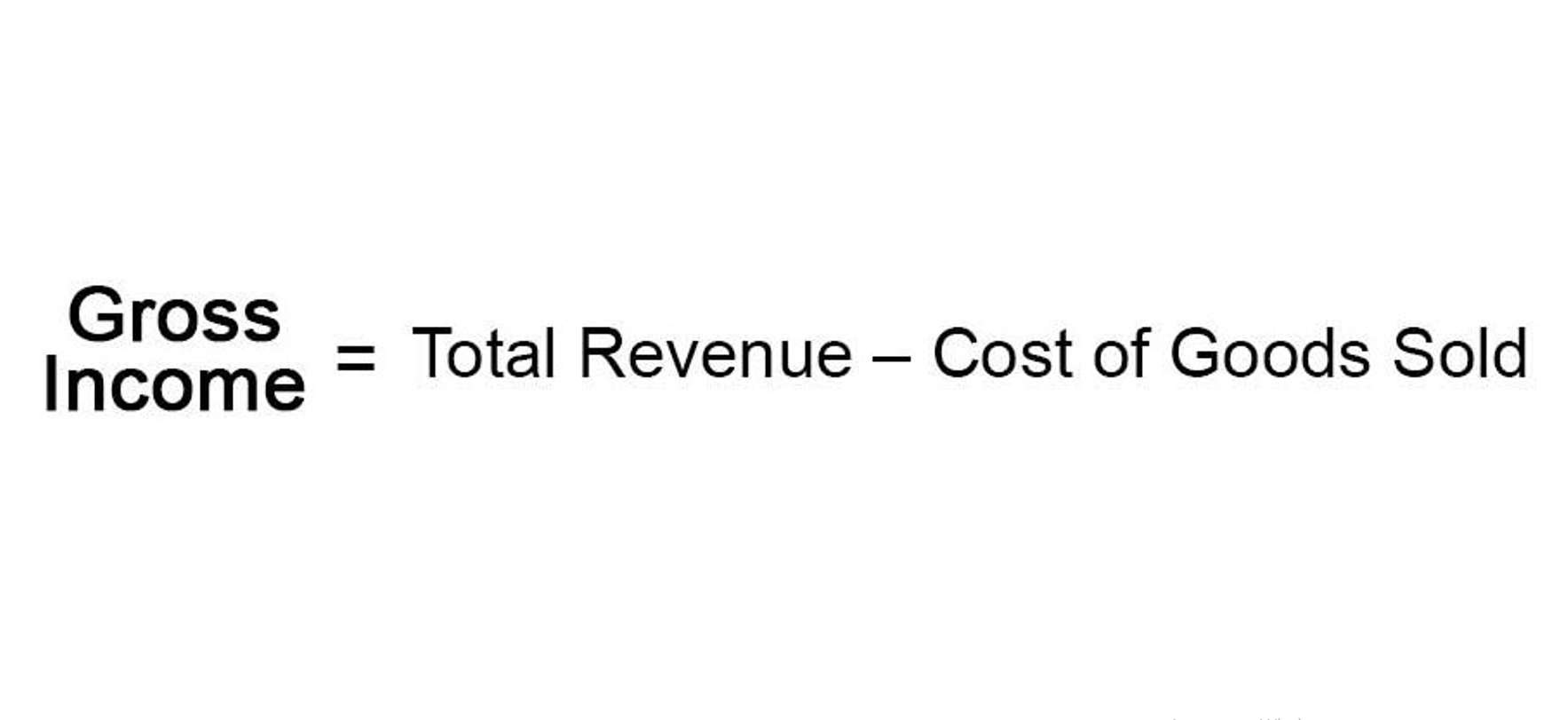Scale Factor Definition, Formula & How To Find

Hence, we can use https://www.bookstime.com/articles/wine-accounting the scale factor to get the dimensions of the changed figures. It is used to draw the enlarged or reduced shape of any given figure and to find the missing length, area, or volume of an enlarged or reduced figure. It should be noted that the scale factor helps in changing the size of the figure and not its shape.
- The corresponding angles of the triangles are congruent.
- The scale factor can also be better understood by Basic Proportionality Theorem.
- On simplifying we get the reduced line lengths of the measure `4` cm, `6` cm and `8` cm respectively.
- Take an example of two squares having length-sides 6 unit and 3 unit respectively.
- Scale factors are instrumental in transforming the size of objects, whether it's magnifying or reducing them.
Example 2: using a scale factor to enlarge a shape
The reduction scale factor is a number between 0 and 1, signifying a decrease in size or a shrinking of the original figure. This will lead to a smaller version of the original shape. The enlargement scale factor is a number greater than 1, indicating an increase in size or expansion of the original figure. This will result in a larger version of the original shape. It quantifies the degree of enlargement or reduction in size during geometric transformations, aiding in precise adjustments.

Scale Factor Examples
However, it doesn't change the shape itself, just its size. The size by which the shape is enlarged or online bookkeeping reduced is called as its scale factor. It is used when we need to increase the size of a 2D shape, such as circle, triangle, square, rectangle, etc.

Cost of Common Equity Calculator
- The scale factor can be calculated when the new dimensions and the original dimensions are given.
- For example, if the scale factor is 2, the new square will be twice the size on each side.
- This helps us understand how much we're enlarging the object.
- This formula allows us to determine whether we're making a shape bigger or smaller and by how much.
In geometry, we learn about different geometrical shapes which both in two-dimension and three-dimension. The scale factor is a measure for similar figures, who look the same but have different scales or measures. Suppose, two circle looks similar but they could have varying radii. For input, specify the original coordinates or dimensions of the figure and the desired scale factor. For instance, when dilating a triangle by a factor of 2, each side scalefactor doubles, maintaining proportionality. This tool streamlines the scaling process by providing accurate results for a variety of shapes and transformations.

Scale factor is a number by which the size of any geometrical figure or shape can be changed with respect to its original size. When things are too large, we use scale factors to calculate smaller, proportional measurements. Scale factor can also be used to find any missing dimensions in similar figures.
- Let’s go ahead and work through another example where we will find the scale factor of a dilation using our 3-steps.
- The height of the original shape is 1, so the height of the enlarged shape will be 2.
- We will extend this to learn about fractional scale factors and how to calculate scale factors.
- With a scale factor less than 1, the shape experiences reduction.
- For example, if we have a figure and want to make it three times larger, we would use a scale factor of `3`.
What is the Scale Factor?

The scale factor quantifies the extent of this resizing. Notice, however, that both triangles have the same shape and are proportional to each other. In math, a dilation refers to a transformation that results in a figure changing in size, but not shape. This means that the new figure will be made larger or smaller to the original figure, but it will remain proportional. No, scale factor can also be used on 1D (flat) and 3D figures (solid).

